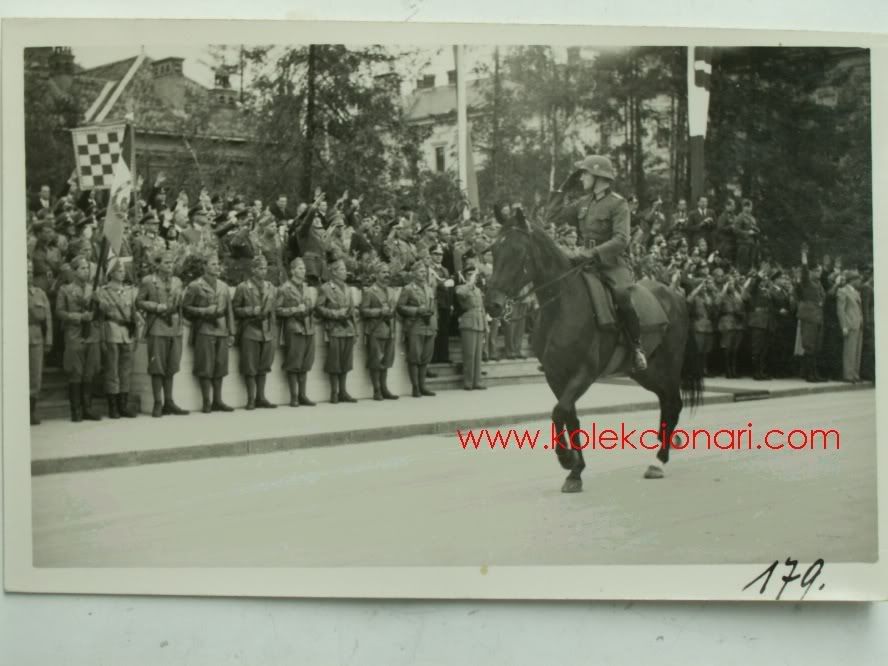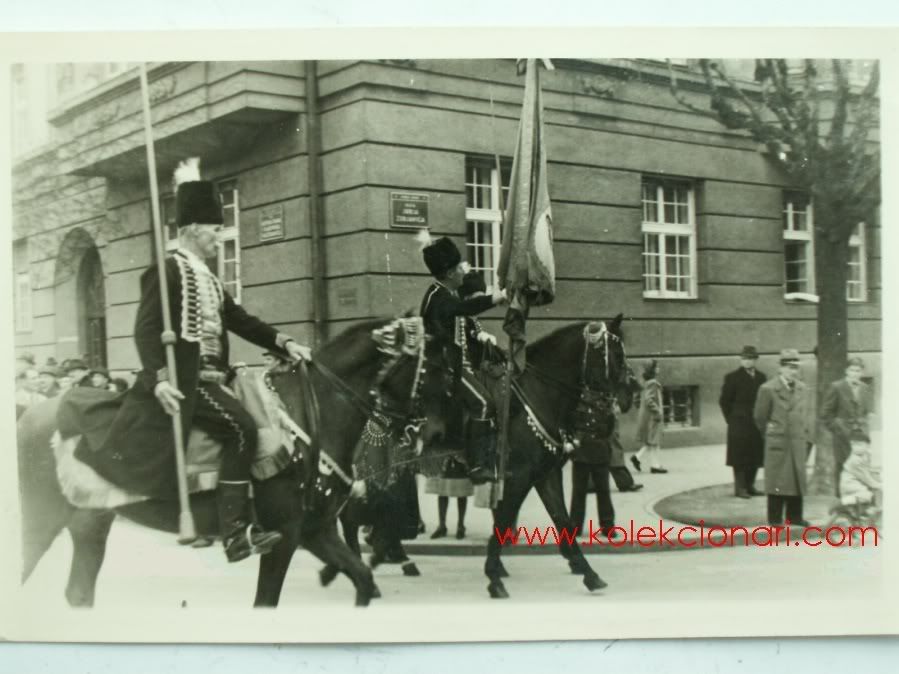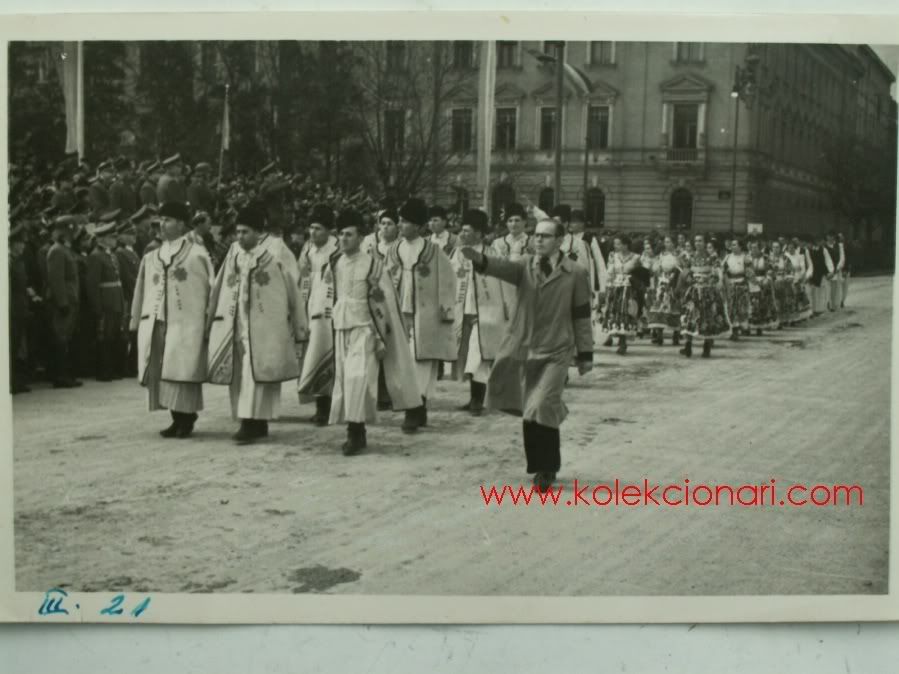The battle of Drazgose was fought out between some 200 partisan fighters and around 2,000 German soldiers from 9 to 12 January 1942. After three days of unsuccessfully trying to bring down the partisans, German troops retreated having lost over a hundred soldiers. They took revenge for the defeat on the residents of the village Drazgose, killing 41 civilians on the spot. The village was then blown up and levelled with ground, and all the remaining inhabitants were driven out. Some 5,000 people gathered at today's memorial ceremony.
Drazgose, a small village perched on the slopes of the Selca Valley near the town of Zelezniki, is a place of great historical significance.
On 9th January, 1942 it bore witness to one of the worst atrocities of the Second World War as well as to one of the most important battles between the German occupation forces and the local resistance. After a series of fierce gunfights in the nearby hills, a group of resistance fighters, known as Cankar’s battalion, retreated into the Selska Valley and sought shelter in the village of Drazgose.
Determined to flush out their prey, the numerically superior Germans began pounding Drazgose with heavy artillery as a prelude to an all out assault on the village. The resistance fighters refused to retreat and what followed was the first direct military confrontation of the Second World War between Slovenian and German forces. Poorly equipped, with no artillery and a very small number of machine guns, the local fighters exploited the only advantage they had to the nth degree. Strategically positioned snipers and machine gun nests on and around Bicek’s rock successfully repelled the German assault. Unable to make use of either their numerical superiority or their modern armaments, the three-day battle cost the German Army far more than the one hundred men that it lost. The aura of invincibility had also been shattered. Nine partisans were killed in the process and the rest were forced to seek refuge higher in the hills. Despite the appalling weather conditions they later regrouped on Jelovica plateau, where the battalion lost 12 more men before retreating further west.
When the Germans eventually occupied Drazgose and found that their quarry had eluded them, they vented their frustrations by rounding up the innocent villagers and executing 41 of them on the spot. The rest were made to standby and watch as their town was burnt to the ground.
The battle revealed that the Slovenian Army was in no position to engage in open warfare with the occupying forces, so they reinvented themselves and until 1943, when Italy capitulated, they engaged the enemy in a guerrilla war instead. After then, the Allies saw to it that the Slovenian Army was properly outfitted and by May 1945 it soldiers had liberated the nation.
The battle of Drazgose was a remarkable display of courage, will and defiance against a merciless and previously unassailable enemy and was at the time the greatest resistance battle in the heart of occupied Europe.
This event is commemorated every year by a 38-kilometre march that follows the same path from Pasja Ravan to Drazgose that the partisans took 54 years ago. Moreover, this march is undertaken at night and it culminates in a huge celebration in front of the monument erected in honour of Cankar’s battalion just outside of Drazgose. This year over 350 people tackled the march, which starts at midnight and usually takes ten hours to complete. Another 170 mountaineers came the opposite way across from Ratitovec, which demands the same effort and partly follows the route by which the battalion continued its march from Drazgose. The tradition of remembrance lives on, and no matter what the circumstances, it remains strong enough to gather over five hundred people each year in a march and thousands more to the service and celebration afterwards.




Drazgose today



Bicek’s rock .....
Na Bičkovo skalo je vzidana plošča z napisom:
V DRAŽGOŠKI BITKI JE BILA BIČKOVA SKALA
BOJNI POLOŽAJ BIČKOVEGA VODA. NA TEM
POLOŽAJU SO BORCI 9., 10. IN 11. JANUARJA
1942 USPEŠNO ODBIJALI NAPADE SOVRAŽNIKA.







 [/quote]
[/quote]Pictures from....
KOROŠKI POKRAJINSKI MUZEJ Slovenj Gradec
http://24ur.com/naslovnica/index.php


















